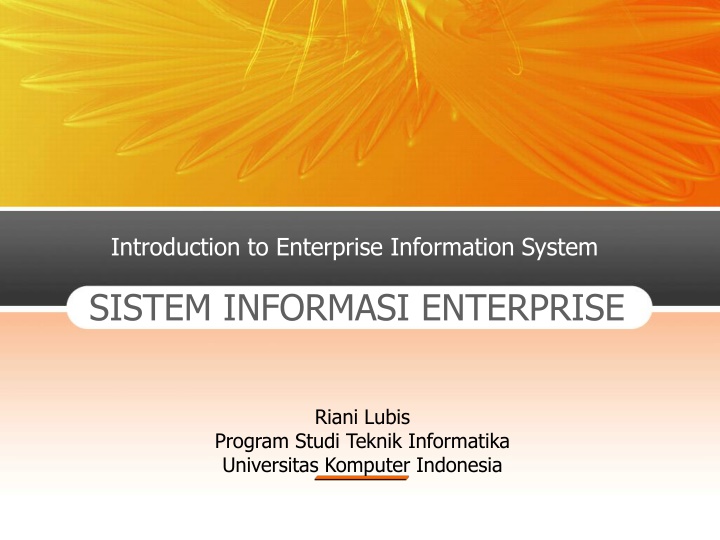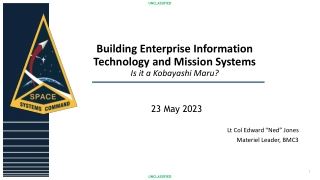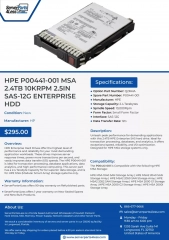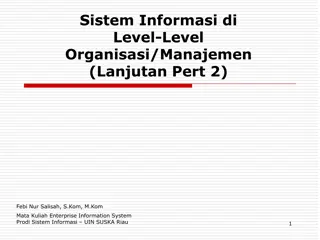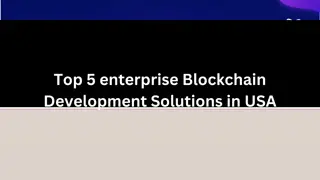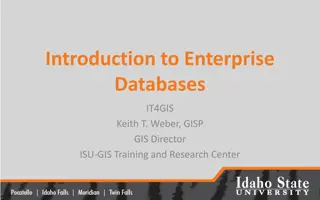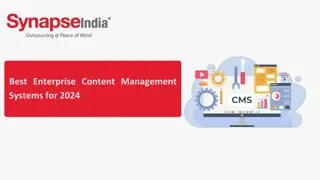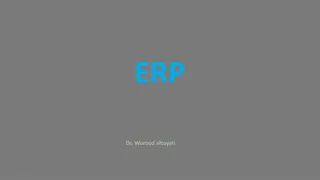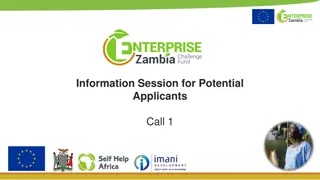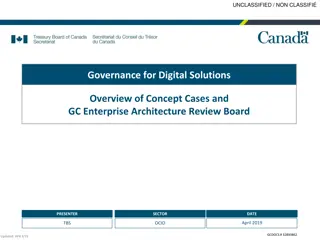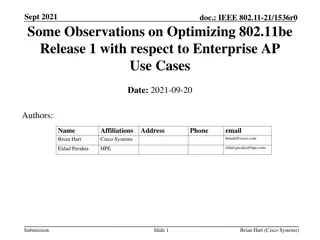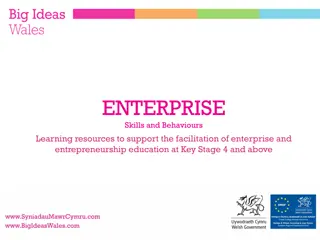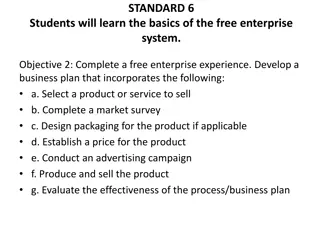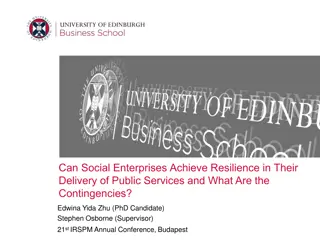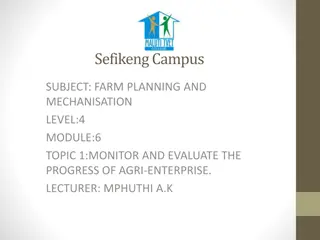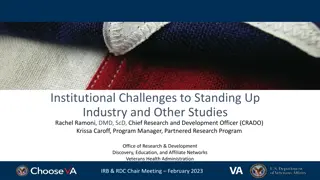Introduction to Enterprise Information Systems
An overview of Enterprise Information Systems, including Information Systems, Organization & Information Systems, types of systems in the enterprise, and characteristics of information processing systems such as ESS, DSS, MIS, KWS, and TPS.
Download Presentation

Please find below an Image/Link to download the presentation.
The content on the website is provided AS IS for your information and personal use only. It may not be sold, licensed, or shared on other websites without obtaining consent from the author.If you encounter any issues during the download, it is possible that the publisher has removed the file from their server.
You are allowed to download the files provided on this website for personal or commercial use, subject to the condition that they are used lawfully. All files are the property of their respective owners.
The content on the website is provided AS IS for your information and personal use only. It may not be sold, licensed, or shared on other websites without obtaining consent from the author.
E N D
Presentation Transcript
Introduction to Enterprise Information System SISTEM INFORMASI ENTERPRISE Riani Lubis Program Studi Teknik Informatika Universitas Komputer Indonesia
Information System An Information System is a work systems whose business process is devoted to capturing , transmitting, storing, retrieving, manipulating, thereby supporting other work systems (Alter, 2002). An Information System can be defined technically as a set of interrelated components that collect (or retrieve), process, store, and distribute information to support decision making, coordination, organization (Laundon, 2001). A Management Information System is an integrated user- machine system for providing information to support the operations, management, analysis, and decision-making functions in an organization (Davis, 1985). and displaying information, and control in an 2 RNL - 2014
Organization & Information Systems An organization is a stable, formal, social structure that takes resouces from the environment and processes them to produce outputs. Information Systems must be aligned with the organization to provide information that important groups within the organization need. 3 RNL - 2014
Kind of Information System 4 RNL - 2014
Types of System in Enterprise 5 RNL - 2014
Characteristics of Information Processing Systems Type of System ESS Information Outputs Projections; responses to queries Information Inputs Processing Users Aggregate data; external; internal Graphics; simulations; interactive Senior managers DSS Low-volume data or massive databases optimized for data analysis; analytic models & data analysis tools Interactive; simulations; analysis Special reports; decision analysis; responses to queries Professionals; staff managers MIS Summary transaction data; high-volume data; simple models Routine reports; simple models; low- level analysis Summary & exeptions reports Middle managers KWS Design specifications; knowledge base Modeling; simulations Models; graphics Professionals; technical staff Office Systems Documents; schedules Document management; scheduling; communication Documents; schedules; mail Clerical workers TPS Transactions; events Sorting; listing; merging; updating Detailed reports; lists; summaries Operations personel; supervisors 6 RNL - 2014
Transaction Processing Systems (Ex : A Payroll TPS) 7 RNL - 2014
TPS Data for MIS Application 8 RNL - 2014
A Sample of Decision Support System 9 RNL - 2014
Model of a Typical Executive Support System 10 RNL - 2014
Interrelationships Among Systems ESS MIS DSS KWS TPS OAS 11 RNL - 2014
Enterprise Integration Enterprise A business, an industrious effort, especially one directed toward making money Integrated Joined together, united, made into a whole by having brought all parts together 12 RNL - 2014
Arent all enterprise systems integrated ? NO! Why Not? Enterprise stove pipes or silos As enterprises grow, they typically become divided based on functional areas Each functional area typically has its own system Even within functional areas, enterprises often develop different systems for different information needs If existing systems lack functionality, additional systems are built to satisfy new needs 13 RNL - 2014
Common Integration Attempts Integrate the end results Let each functional area have its own system and require them to submit end results in a standardized format that can be merged with results from other areas Integrate similar types of systems All financial areas use same system All manufacturing areas use same system All areas associated with human resources use same system Etc However, each of those systems are different from each other Enterprise Systems May be created from scratch May be based on packaged software (e.g. OracleApps, PeopleSoft, SAP) 14 RNL - 2014
Enterprise System Manufacturing Accounting Business Processes Vendors Customers Enterprise-wide Business Processes Human Resources Finance Sales & 15 RNL - 2014 Marketing
Common Integration Attempts 16 RNL - 2014
